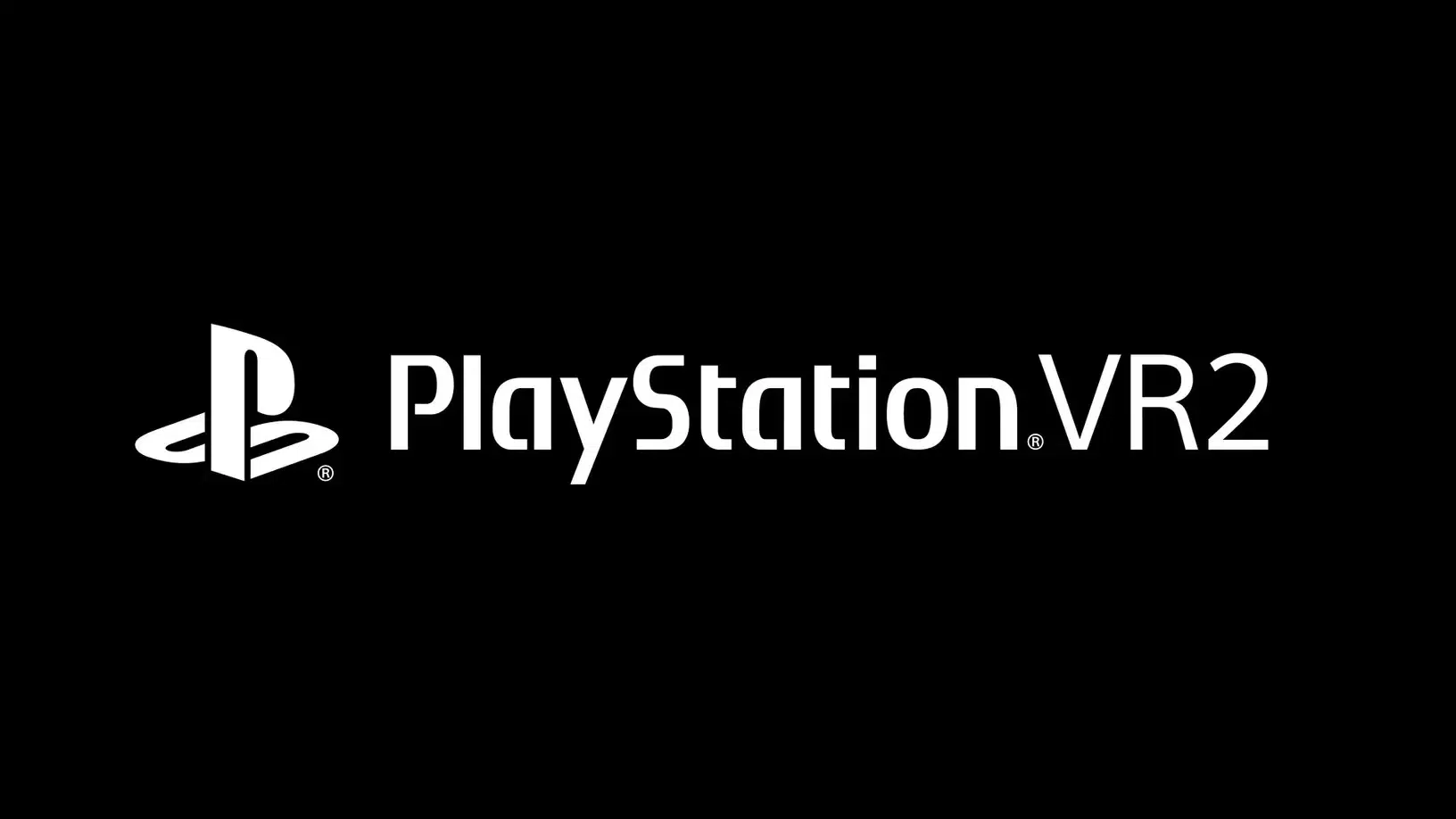Just a few days ago, Sony blew the lid off the next-generation PlayStation Virtual Reality headset dubbed the PlayStation VR2. If you game on other platforms, chances are, you’ve seen or encountered other VR headsets as well. Given that we know almost all the technical details of Sony’s upcoming headset, here’s a handy PSVR2 specs comparison to the other ones out in the market!
Thanks to ResetEra member Primal Sage, check out this PSVR2 comparison where the screens, lenses, and other details are compared to other headsets like the Quest 1 & 2, and more.
PSVR2 Specs Comparison:
Console headsets like PSVR and PSVR2: These only work with a console. PSVR with PS4, PS4 Pro and PS4. PSVR2 with PS5.
PCVR headsets: Like the name implies, they only work with PCs powerful enough to render VR games.
Quest 1 and Quest 2: Works standalone (onboard computer) as well as with PCs powerful enough to render VR games.
The specs (winners noted):
Screens (Clear win for PSVR2. Most people can’t render 144hz, for most 120hz is plenty and IMHO OLED trumps all. HDR is gravy on top):
PSVR2: 2000 x 2040 per eye. OLED with HDR. Up to 120hz refresh rate. (winner)
Valve Index: 1600 x 1440 per eye. LCD. Up to 120hz refresh rate (144hz experimental)
Quest 2: 1832 x 1920 per eye. LCD. Up to 120Hz refresh rate.
Lenses (clear win for Index):
PSVR2: 110 degrees field of view. Fresnel lenses. IPD settings Unknown.
Valve Index: 130 degrees field of view. Fresnel lenses. IPD settings 58-70. (winner)
Quest 2: 100 degrees field of view. Fresnel lenses. IPD settings 58, 63 or 68.
Tracking (win debatable, Index. External sensors provide better tracking, but might not be practical unless you have a dedicated vr room):
PSVR2: Inside out tracking via 4 cameras in the headset. No external sensors needed. Controllers only tracked when in view of headset cameras.
Valve Index: 2 external sensors needed for tracking of headset and controllers. Can track controllers behind your back. (winner)
Quest 2: Inside out tracking via 4 cameras in the headset. No external sensors needed. Controllers only tracked when in view of headset cameras.
Eye tracking (clear win for PSVR2):
PSVR2: Cameras inside the headset tracking your eye movement. This makes it possible to render at full resolution where your eye is focusing and lower res in the periphery. Thus freeing up resources. Essentially making it possible to have vr games at PS5 fidelity. (winner)
Valve Index: None.
Quest 2: None.
Controllers (win debateable, PSVR2. I factor dual sense features higher since they ought to be utilised more often than the finger tracking of Index has been):
PSVR2: Haptics in the controller – it knows which buttons you are touching and thereby semi finger tracking. Dual sense features, which means improved rumble and resistive triggers. Might be easier to track than the others due to the orb design of the tracking rings. (winner)
Valve Index: Haptics in the controller – it knows which buttons you are touching and thereby semi finger tracking. Individual finger tracking.
Quest 2: Haptics in controller – it knows which buttons you are touching and thereby semi finger tracking.
Haptics in headset (clear win for PSVR2)):
PSVR2: Actual feedback in the headset. Crashing a car in vr can be jarring because the view shakes, but you feel nothing. Headset haptics will help with immersion and reduce discomfort. Also, cool gameplay opportunities. Feel the raindrops on your head. Sense something whizzing past your head. Feel a spider crawling on your hea….. Oh no. (winner)
Valve Index: None.
Quest 2: None.
Sound (win for Index but debatable if you have high end headphones. Having them built in I think is a win since it’s more practical/less hassle):
PSVR2: You connect your own headphones.
Valve Index: Built-in high quality headphones. (winner)
Quest 2: Built-in low quality headphones and the option to use your own.
Ergonomy – how pleasant is it to wear (win TBC):
PSVR2: Unknown. We know nothing of how the headset looks and how it is to wear. The predecessor was one of the most pleasant ones on the market as well as one of the few you could comfortably wear glasses in (though at a slight FOV cost). So PSVR2 would win if they change absolutely nothing in the design.
Valve Index: By all accounts, rather pleasant to wear. Lens inserts recommended for people with glasses.
Quest 2: Most agree that it is unpleasant to wear/too front heavy unless you get a strap with weight at the back. Lens inserts recommended for people with glasses.
Wireless/Corded (Clear win for Quest 2):
PSVR2: Uses a single USB-C cord connected to the PS5.
Valve Index: Uses a bulky proprietary cable to the PC.
Quest 2: Uses a single USB-C cord connected to the PC. Also able to connect wirelessly to a PC but this does not work stably in all setups. Standalone/native apps run on the headset do run perfectly well wireless. (winner)
Bear in mind, the PSVR2 isn’t out yet, and these are just based on the data released. Also, the best gaming headset will boil down to which one has the games you want to play the most.
Source: ResetEra
